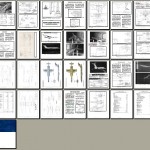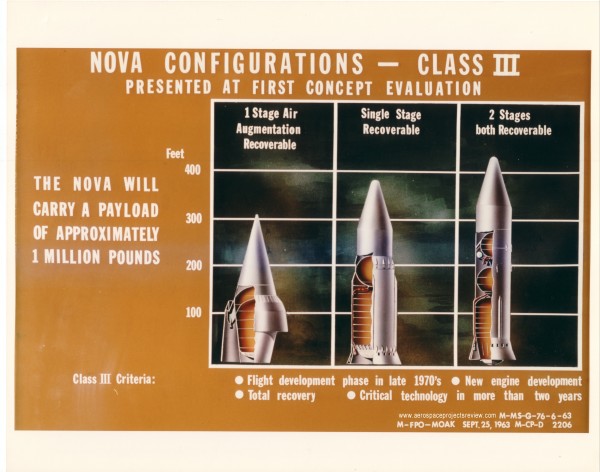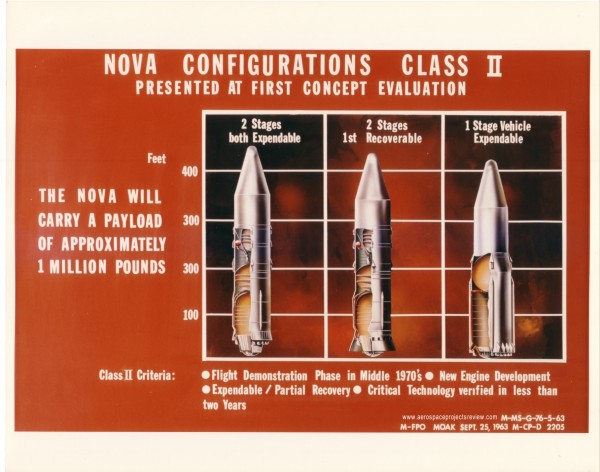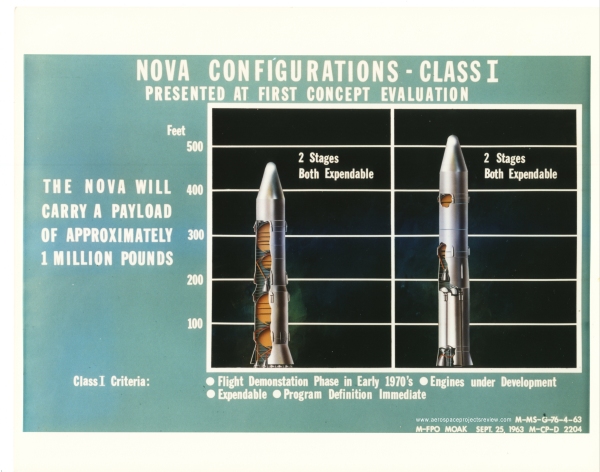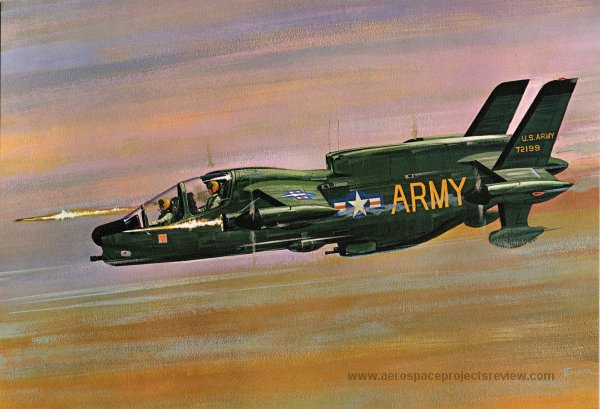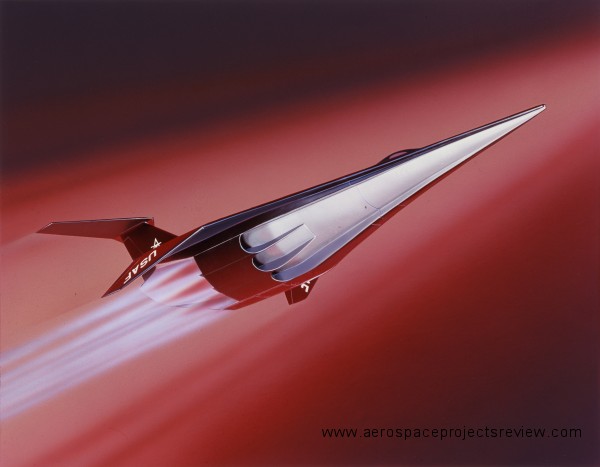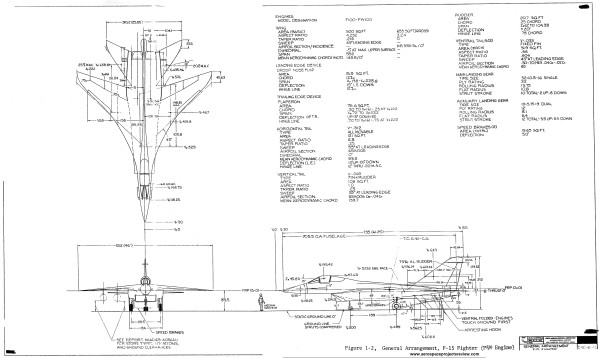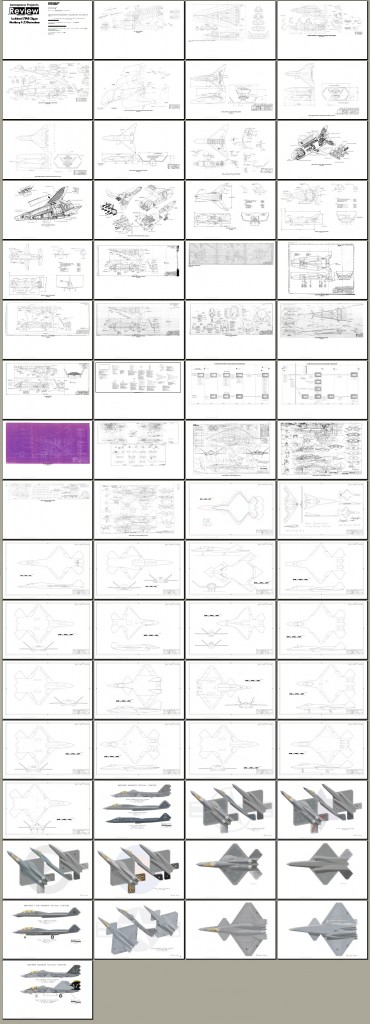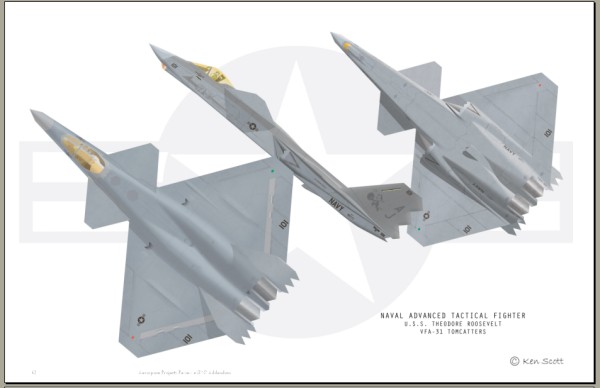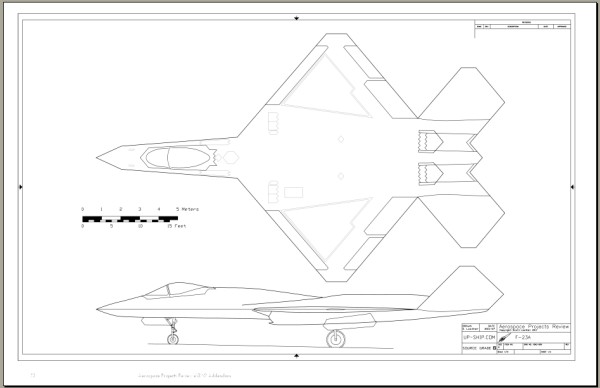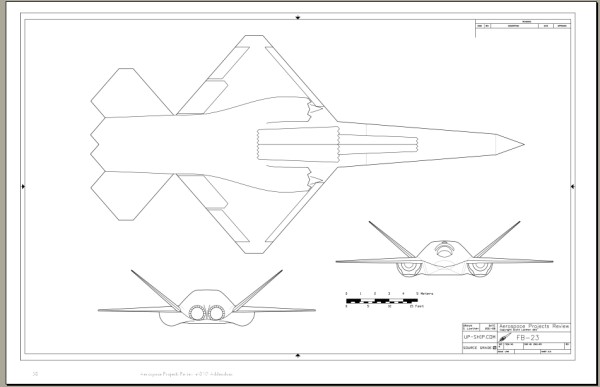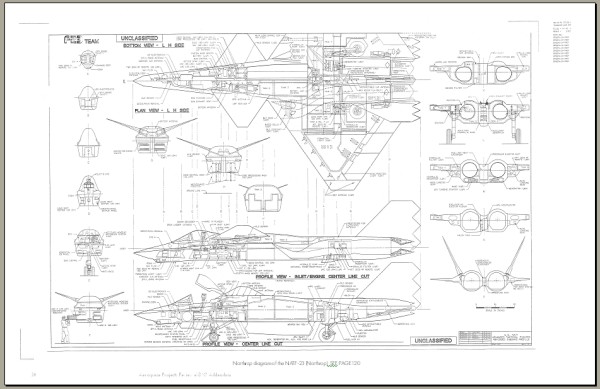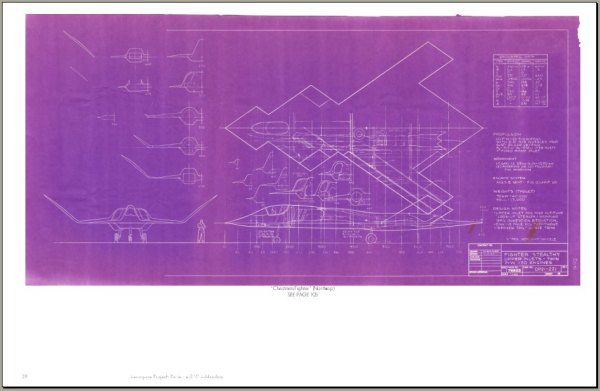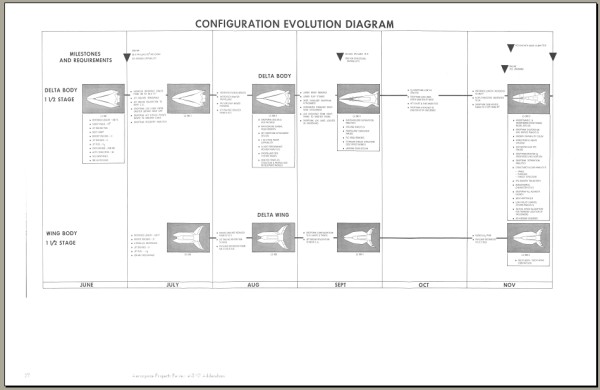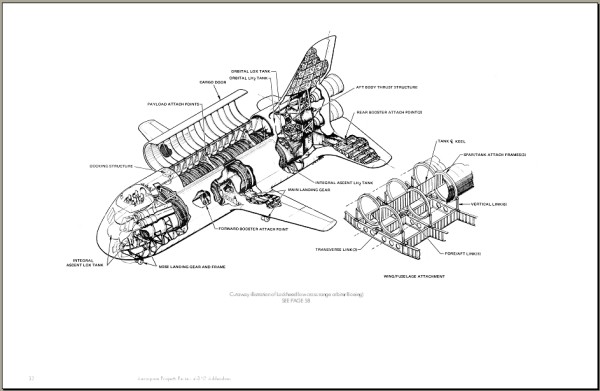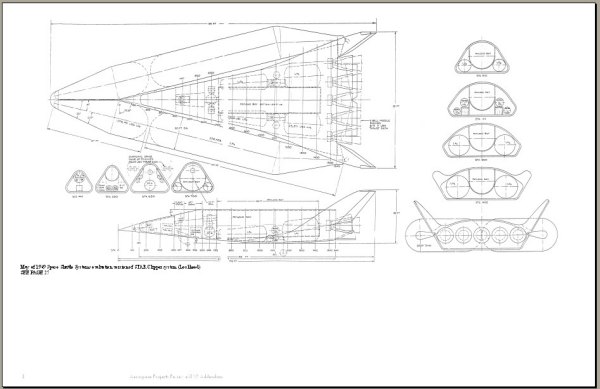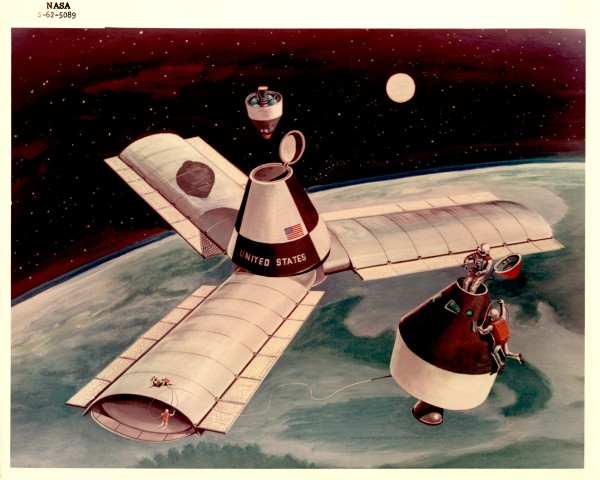Aerospace Projects Review has been re-working and re-releasing the original run of issues in order… until now. Just finished and uploaded is an issue that might not be expected… issue V0N0. Prior to publishing the first issue of Aerospace Projects Review, I put together issue V0N0, a short prototype issue that I released for free to see if people liked it and if it would be worth continuing with. There was much that could have been improved about that issue… and it has been improved. Issue eV0N0 is now greatly expanded to 56 pages… small by modern APR standards, but a massive increase compared to the original. The original articles have been greatly expanded, and all-new articles have been added.
Preview the issue here:
The table of contents for eV0N0:
The Drawbridge and the Pancake: One of the more unusual Space Shuttle configurations
Northrop N-31 Flying Wing Bomber: A series of turboprop-powered bomber designs
Martin XB-68: A supersonic tactical bomber concept
Aerospace History Nugget: Mach 6.0 SST: Three fuselages for the price of one
Kaiser Tailless Airplane: A flying wing cargo carrier
Boeing VTOL Intercity Transport: A jetliner that can land on your office building
Boeing Transport-To-Space: The spaceplane that needs to be assembled in space
Aerospace History Nugget: Curtis High-Speed Fighter Concepts: Hypothetical fighters designed for maximum speed
Aerospace History Nugget: Convair VTOL Tailsitter: An early VTOL jet fighter capable of supersonic speeds
It is available in three formats. Firstly, it can be downloaded directly from me for the low, low price of $6.50. Second, it can be purchased as a professionally printed volume through Magcloud; third, it can be procured in both formats. To get the download, simply pay for it here through Paypal.
——–
———
To get the printed version (or print + PDF version), visit my MagCloud page:
